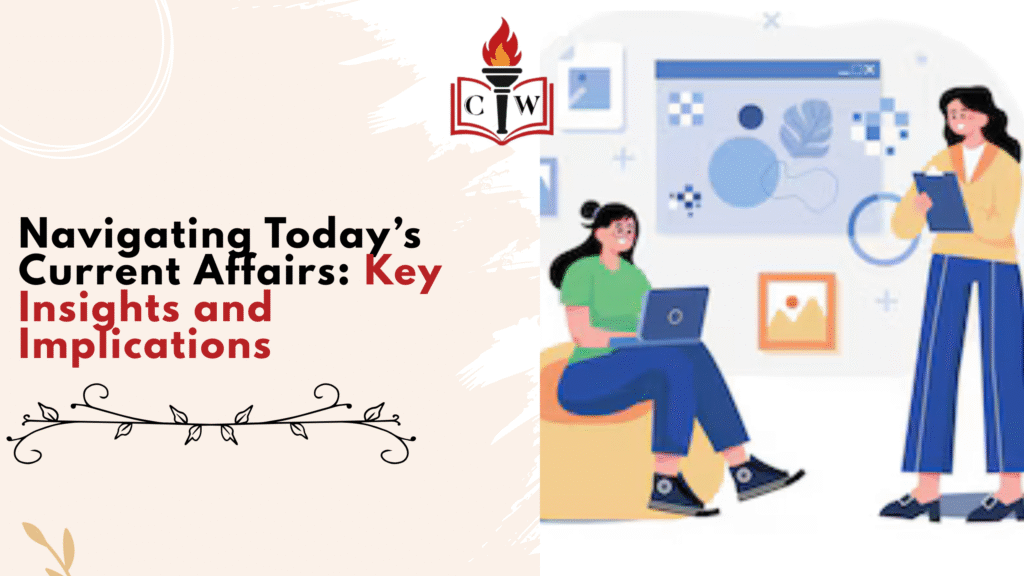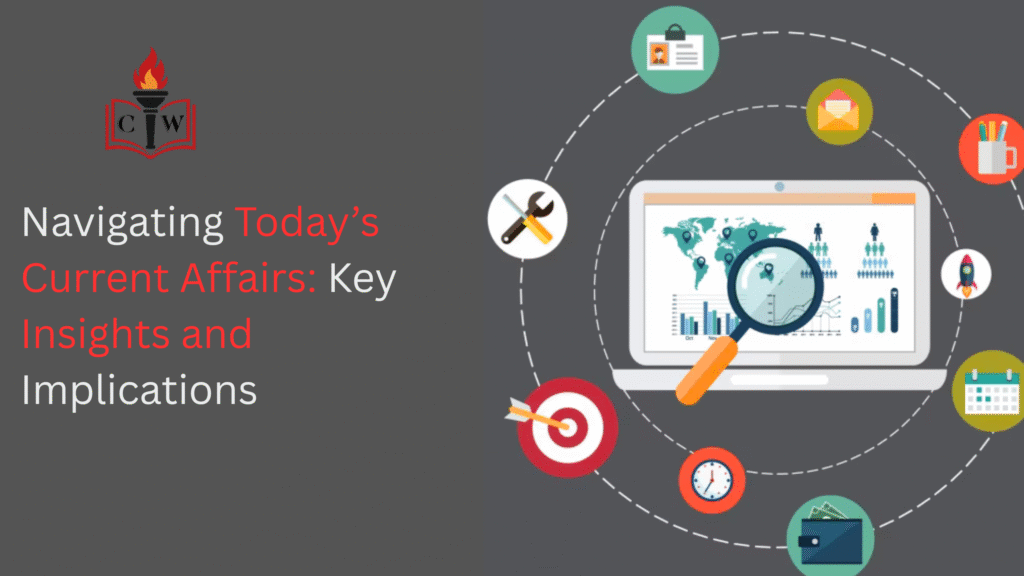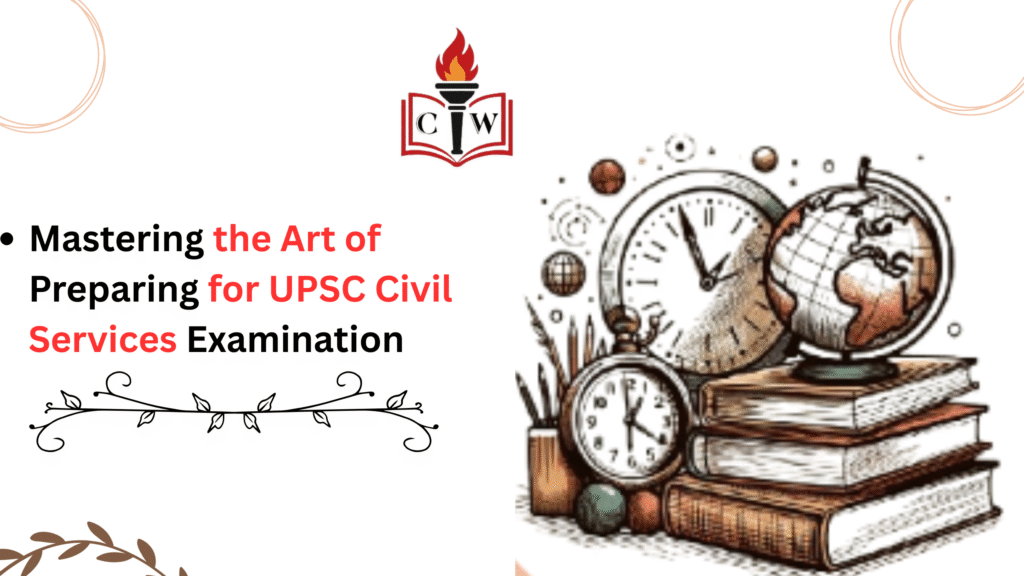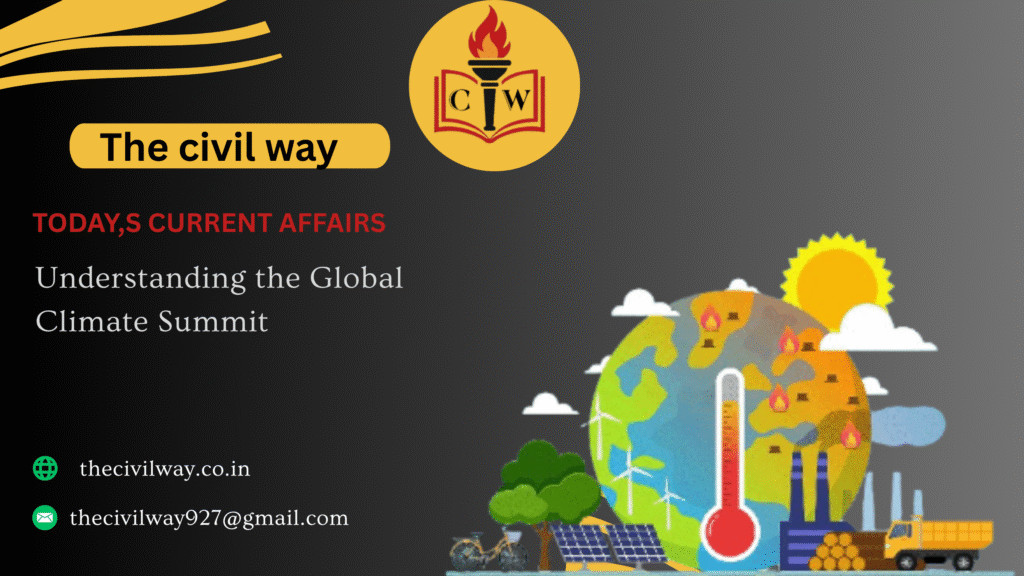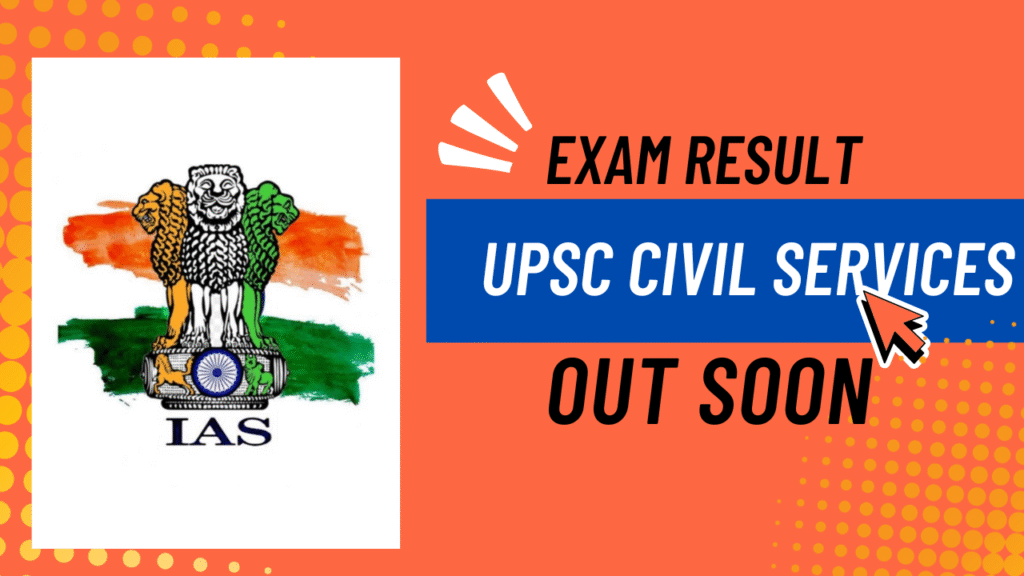DAILY CURRENT AFFAIRS IAS | UPSC Prelims and Mains Exam – 17th June – 2025
Archives (PRELIMS Focus) Census 2027 Category: POLITY Context: Registrar-General of India issues notification for Census Decoding Context: Overview The 16th Census of India will be held in two phases: House-listing (March 1 to September 30, 2026) Population enumeration (early 2027) It will be India’s first digital Census, using mobile apps and a new coding system. Conducting a Census Enumerators: ~30 lakh (mainly school teachers) Supervisory Staff: ~1.2 lakh functionaries Training: ~46,000 persons Preparation Includes: Freezing administrative boundaries Training Methodology revision Phase 1: House-listing Enumerators visit homes to record: Type of building Use (residential/commercial/mixed) Material used Water source Sanitation Electricity Head of household info Timeline: March 1 – September 30 of the year before population enumeration Output: Profile of housing stock, living conditions, amenities Phase 2: Population Enumeration Focus on individual data: Name, age, gender, DOB Relationship to head Marital status, education Occupation, religion, caste/tribe Disability, migration, nativity Goal: Create a full statistical profile of every person in India Why the Census Matters Helps track demographic, social, economic changes Assists in: Policy-making Resource distribution Planning welfare schemes Basis for: Delimitation of constituencies Reservation (SC/ST seats under Articles 330 & 332) Central grants to states New Features & Technology Mobile App Usage: Replaces paper-based enumeration Unique ID generation for entries CMMS (Census Management and Monitoring System): Supervision Issue resolution GPS Tagging: Geolocate houses and address data gaps Validation & Correction: Real-time error checks during data entry Digital Signatures: Enumerators will sign entries digitally New Information Captured Availability of drinking water Usage of smartphones and mobile phones Access to bank accounts Transgender identification option Caste enumeration (questionnaire prepared) – pending decision Political Implications First Census Since 1931 to collect caste data beyond SC/ST. Timing Critical: Will impact delimitation, reservation in Parliament. Changes in Content Detailed questionnaire was already prepared in 2018-19 Updated data variables introduced Household listing in 2026 will cover 28 columns Challenges Anticipated Digital Literacy: App training for enumerators Language barriers in app interface Logistics: Device provisioning, supervision Exclusion risks: Transient or homeless populations Verification: Authenticating digitally recorded data Conclusion The 2027 Census will mark a technological shift in India’s data collection process, offering granular and real-time demographic insights. However, its execution will require robust training, digital readiness, and efficient supervision to overcome inherent challenges. Learning Corner: Note on the History of Census in India The Census in India is one of the oldest and most comprehensive administrative exercises in the world. It provides vital data for governance, planning, and policymaking. Here’s a concise overview of its historical development: Historical Background First Attempt (1872): The first population count was conducted in 1872 during British rule under the supervision of W.C. Plowden. It was not synchronous and was conducted in different provinces at different times. First Complete Census (1881): Conducted under Lord Ripon, with Sir William Hunter as the Census Commissioner. This was the first synchronous and systematic Census across India and marked the beginning of the decennial tradition. Census in Independent India After independence, the first Census was conducted in 1951 under the Census Act of 1948. Since then, India has conducted seven Censuses: 1951, 1961, 1971, 1981, 1991, 2001, and 2011. The 2021 Census was delayed due to the COVID-19 pandemic and is now expected in 2026–2027. Census Act, 1948 Provides the legal framework for conducting the Census in India. Empowers the Registrar General and Census Commissioner of India to manage the process. Key Features of India’s Census Conducted every 10 years. Two-phase process: House-listing and Housing Census Population Enumeration One of the largest administrative exercises globally, covering over 1.4 billion people. Significance Provides data on population, literacy, migration, employment, housing, and amenities. Forms the basis for: Policy formulation Delimitation of constituencies Reservation of seats Distribution of central funds Source : THE INDIAN EXPRESS 2025 Bonn Climate Change Conference Category: ENVIRONMENT Context: Bonn Climate Change Conference to be held from June 16 to 26, 2025. Decoding Context: Purpose & Focus Acts as a mid-year preparatory meeting between COP29 (Baku, 2024) and COP30 (Belém, Brazil, 2025) Brings together representatives from nearly 200 countries to: Advance the Global Goal on Adaptation (from concept to implementation) Mobilize climate finance (goal: $1.3 trillion under the Baku-Belém Roadmap) Finalize rules for UN-backed carbon markets (Article 6.4 of the Paris Agreement) Strengthen Nationally Determined Contributions (NDCs) Side Themes Emphasis on: Just transition Gender-responsive climate action Youth and Indigenous Peoples’ engagement Nature-based solutions Significance A key platform to: Evaluate progress on climate adaptation and resilience Lay the technical groundwork for COP30 Keep the 1.5°C Paris goal within reach Influence future climate negotiations on adaptation, finance, and carbon markets Learning Corner: Note on UNFCCC (United Nations Framework Convention on Climate Change) The UNFCCC is an international treaty adopted in 1992 at the Rio Earth Summit to address the global challenge of climate change. Key Features: Objective: To stabilize greenhouse gas (GHG) concentrations in the atmosphere at a level that prevents dangerous anthropogenic interference with the climate system. Entered into force: March 21, 1994 Parties: 198 countries (referred to as Parties to the Convention), making it nearly universal. Important Elements: Differentiated Responsibilities: The principle of “Common but Differentiated Responsibilities and Respective Capabilities” (CBDR-RC) is central—developed countries are expected to take the lead in reducing emissions. Annexes: Annex I: Industrialized countries and economies in transition. Annex II: Subset of Annex I—required to provide financial and technological support to developing countries. Non-Annex I: Developing countries. Major Protocols and Agreements under UNFCCC: Kyoto Protocol (1997): Legally binding emission reduction targets for developed countries. Came into force in 2005. Paris Agreement (2015): Legally binding international treaty. All countries submit Nationally Determined Contributions (NDCs). Aim: Limit global temperature rise to well below 2°C, preferably 1.5°C. Institutional Mechanism: COP (Conference of the Parties): Supreme decision-making body of the UNFCCC. Held annually (e.g., COP28 in 2023, COP30 in Brazil in 2025). SBSTA & SBI: Subsidiary bodies that meet in mid-year sessions (like the Bonn Climate Change Conference) to carry out technical work and implementation discussions. Significance for India: Provides a platform to push for climate
DAILY CURRENT AFFAIRS IAS | UPSC Prelims and Mains Exam – 17th June – 2025 Read More »

